Your cart is currently empty!
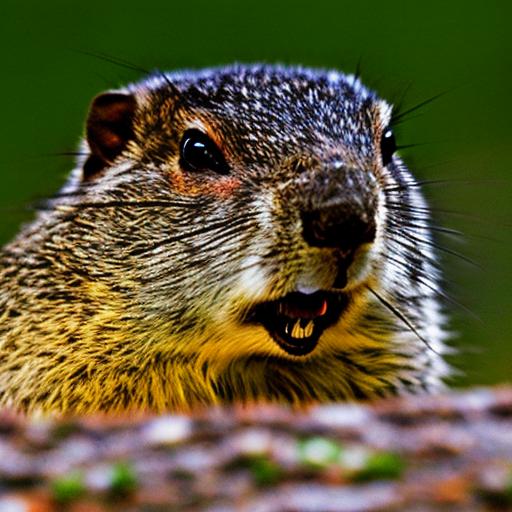
Dangerous Misconceptions: Will a Pellet Gun Kill a Groundhog Instantly?

Table of Contents
Introduction
Ah, groundhog hunting – there’s nothing quite like the patience, skill, and strategy it demands. As an aficionado of small game hunting, I’ve had my fair share of interactions with these curious critters. Over the years, I’ve seen hunting methods evolve, with one tool gaining considerable traction: the pellet gun. Now, I must admit, I was as intrigued as the next hunter when I first heard whispers of its rising popularity. And with any new trend come a slew of misconceptions, hopes, and doubts. The question on many hunters’ minds? “Will a pellet gun really kill a groundhog instantly?” I’ve delved deep into this topic, done my experiments, and conversed with fellow hunters. So, let’s set the record straight, dispel some myths, and ensure that our hunting practices remain as ethical and effective as ever. After all, there’s more to a pellet gun’s prowess than meets the eye!
The Science Behind a Pellet Gun
Pellet Gun Ballistics: Understanding the Power and Limitations
Having been on countless hunts, I’ve seen the gamut of weapons folks bring to the field. And yes, pellet guns have slowly but surely carved their niche in the hunting community. Now, before we get ahead of ourselves, it’s imperative to understand that not all pellet guns are made equal. The power and efficiency of a pellet gun largely depend on its ballistics. In layman’s terms? How fast and powerfully it can shoot those tiny pellets.
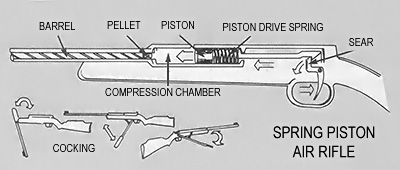
Types of Pellets: The Good, the Bad, and the Deadly
Ah, pellets. They’re not just pieces of lead; they’re tiny projectiles designed with purpose. There are several types:
- Pointed Pellets: These are designed for penetration. They’re great for piercing thick hides, but they might not deliver as much shock on impact.
- Hollow Point Pellets: These babies are designed to expand upon impact, delivering a hard hit. They’re especially effective if you’re aiming for a quick kill but require precision.
- Flat-nose Pellets: These offer a bit more stopping power upon impact. They’re meant for close-range shots where you need that extra punch.
Each pellet type has its advantages and challenges. It’s all about understanding your game and the shot you’re lining up.
Comparing Pellet Velocity to Traditional Firearms
If you’ve ever wondered how a pellet gun stands up against a traditional firearm in terms of speed, you’re not alone. Generally, pellet guns have a lower velocity, usually ranging between 600 to 1,300 feet per second. In contrast, conventional firearms can exceed this range, especially with centerfire rounds. But don’t let the numbers fool you. While they may lack in sheer speed, pellet guns make up for in stealth and affordability.
Pellet Penetration and Wounding Capabilities
Alright, let’s cut to the chase. A pellet’s impact on a groundhog isn’t always straightforward. The penetration depth and damage depend on various factors like pellet type, gun velocity, and, most importantly, shot placement. A well-placed shot with the right pellet can be lethal, while a hasty shot might just result in a wound.
Now, let’s talk groundhogs. These critters have a sturdy physique, which means hitting vital organs requires precision. Their vital zones aren’t as expansive as larger game. So, if you’re gunning (pun intended) for an instant kill, you need to factor in the animal’s physiology and adjust your aim accordingly.
In the grand tapestry of hunting, understanding your weapon and your prey is paramount. So, the next time you’re eyeing that groundhog, remember the science behind that shot.
Ethical Concerns and Hunting Practices
The Importance of a Clean Kill
One of the most rewarding aspects of hunting, especially for small game like groundhogs, is the challenge it presents. But it’s essential to remember that, at the heart of it all, is a living creature. And that brings us to a cornerstone of hunting: the ethics of our practices.
You see, the essence of hunting isn’t just about the thrill or the challenge, but it’s also about respect for the animal. A clean kill minimizes the suffering of the creature, ensuring it doesn’t languish in pain. Every seasoned hunter knows that causing unnecessary distress reflects poorly on us as sportspeople.
Unfortunately, misconceptions, especially about the efficacy of tools like pellet guns, can muddle our best intentions. Believing that any shot will lead to a quick kill can result in wounded animals, lost game, and an overall sense of dissatisfaction. Let’s face it, we’re out there for a humane, ethical connection with nature, not to inadvertently cause harm.
Strategies for Achieving a Humane Shot
So, how do we make sure our pellet gun provides an ethical kill? Well, it begins with knowledge.
Targeting Vital Areas: If you’ve ever wondered why older hunters go on and on about shot placement, it’s because they’ve learned from experience. When hunting groundhogs with a pellet gun, you need to aim for the vital zones – typically the head or the heart-lung area. These shots promise a quicker kill, reducing the animal’s suffering.
But, keep in mind, groundhogs aren’t the size of deer. Their vital areas are smaller, and the margin for error slims down considerably. Hence, understanding the anatomy of a groundhog and the difference between a fatal shot and a mere wound is paramount.
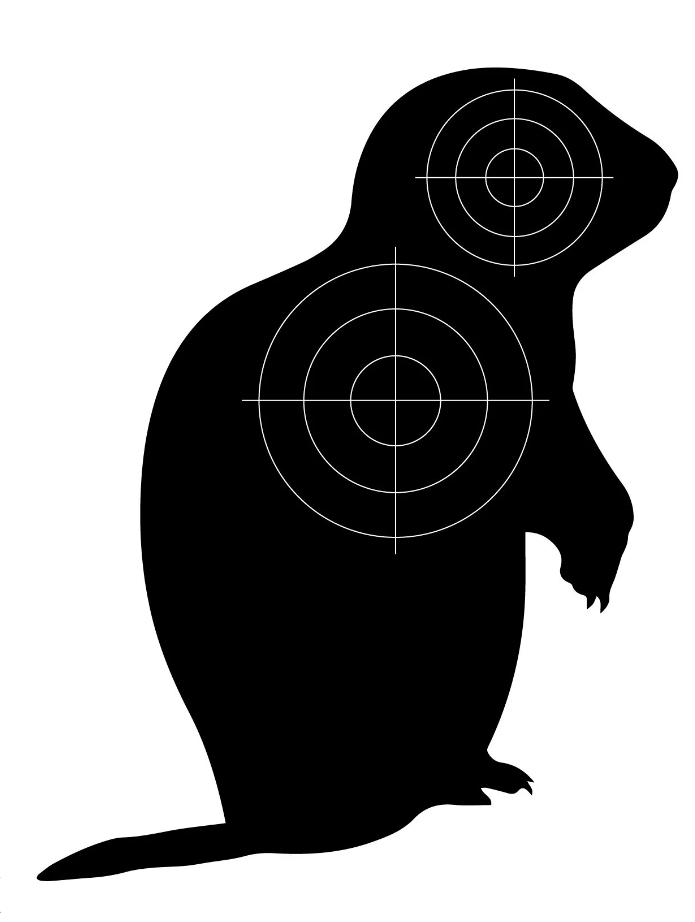
The Role of Modern Tools: In today’s age, we’re blessed with a myriad of tools that our hunting forefathers might’ve dreamed of. Scopes, for instance, have revolutionized hunting. When using a pellet gun, a good-quality scope can significantly improve accuracy. It allows you to take well-measured shots, increasing the chances of a clean kill.
To wrap up this section, always remember, the true spirit of hunting lies not in the kill but in the journey and the respect we show to our quarry. Our tools, like pellet guns, are mere extensions of our intentions. Use them wisely, ethically, and with a deep understanding of their capabilities.
Groundhog Behavior & Best Practices for Using Pellet Guns
Understanding Groundhog Behaviors
If you’ve ever sat behind the crosshairs, waiting for that perfect shot on a groundhog, you know it’s not just about pulling the trigger. It’s a game of patience, understanding, and observation. Groundhogs, like all creatures, have their unique behaviors that can be our greatest allies in the hunt.
Signs That a Groundhog May Only Be Wounded:
This is where your observant eye comes into play. A fatally shot groundhog will typically drop instantly or display immediate signs of distress. On the contrary, a wounded one might scurry away in a hurried but seemingly coordinated manner. They might even make specific distress sounds or retreat to their burrows.
Why Tracking Can Be More Challenging with Pellet Gun Wounds:
The wound from a pellet isn’t as pronounced as that from a larger firearm. You might find minimal blood trails, and the groundhog’s adrenaline rush might drive them further than expected. It’s always disheartening to wound an animal, and tracking a wounded groundhog requires an experienced touch and a deep understanding of their likely hideouts and escape routes.
Optimizing Pellet Gun Use for Groundhog Hunting
Hunting is an art, and every brushstroke matters. When it comes to using pellet guns for groundhogs, several factors come into play to perfect that artwork.
Time of Day:
Groundhogs are diurnal, which means they’re most active during daylight hours. Early morning and late afternoon are their prime times. These are the moments they’ll typically be out, feeding or basking in the sun. It’s your golden window.
Camouflage and Setting:
Groundhogs have sharp eyes, so blending in is key. Whether it’s wearing camo gear or setting up in a shaded spot, it’s all about being the unseen observer. Plus, positioning yourself downwind ensures they don’t catch a whiff of you.
The Need for Practice:
I can’t stress this enough – practice makes perfect. Using a pellet gun for hunting is no child’s play. Spend time at the range, get to know your weapon, and consistently practice your aim. It’s not just about hitting the target but understanding the nuances of shot placement, especially with a smaller game like groundhogs.
In the realm of hunting, there’s a unique thrill in pursuing small game. Groundhogs, with their quirky behaviors and sharp senses, present a delightful challenge. And while a pellet gun might seem like a simple tool, mastering its use requires dedication, understanding, and a whole lot of love for the sport.
Related Questions:
What other small game is commonly hunted with pellet guns?
Well, in the grand tapestry of hunting, pellet guns have certainly carved their niche. Besides groundhogs, many hunters use pellet guns for squirrels, rabbits, raccoons, and even birds like pigeons or crows. The key is to match the power of your pellet gun to the game you’re after. A well-placed shot is vital, especially with these smaller creatures. Remember, it’s always about precision and understanding the game you’re pursuing.
Are there regulations in certain areas regarding the use of pellet guns for hunting?
Oh, absolutely! Every seasoned hunter knows that before heading out, it’s crucial to check local regulations. Different states, provinces, or countries have distinct rules regarding the use of pellet guns for hunting. Some places might have caliber restrictions, while others might specify which game can be taken with pellet guns. It’s all about being informed and respectful of local wildlife management practices. Always do your homework to hunt ethically and legally.
How do I care for and maintain my pellet gun to ensure it’s always in top shape?
A well-maintained pellet gun is a hunter’s best friend! First off, always keep it clean. After each outing, give it a good wipe down and occasionally use a cleaning kit to clear the barrel of any residue. Lubrication is essential too, but remember, a little goes a long way. Store it in a dry place, preferably in a case, to protect it from dust and moisture. And never, I mean never, leave pellets in the gun when storing. Treat your gun with respect, and it’ll serve you well in the field.
What are the signs that a groundhog is suffering and what should a hunter do in that scenario?
It’s a sight no hunter wants to see, but it’s essential to be prepared. A suffering groundhog might exhibit labored breathing, erratic movements, or specific distress sounds. They might also try to retreat to their burrows. In such a situation, the ethical thing to do is to end its suffering as quickly and humanely as possible. A clean, well-placed follow-up shot is typically the best course of action. It’s all about respect and compassion, even in the hunting world.
Summary
Well, there it is – the lowdown on pellet guns and our beloved groundhogs. Understanding our tools is just as crucial as understanding our prey. While pellet guns have their merits, they aren’t magic wands that guarantee an instant kill. As seasoned hunters, it’s our duty to ensure our methods are humane, effective, and informed. Remember, hunting is as much about respect for the animal as it is about the thrill of the chase. The world of hunting is ever-evolving, with new tools and techniques constantly emerging. Embrace change, but always be grounded in knowledge and ethics. Keep sharing, keep learning, and let’s continue to uphold the standards of this age-old sport. And to my fellow hunters, may your aim be true and your hunts memorable. Here’s to many more tales by the campfire!

Herb has been a longtime lover of the outdoors. Whether it be hunting, camping, fishing or just getting outside to reset. Proud father and animal lover. Bourbon anyone?

by
Tags:
Comments
3 responses to “Dangerous Misconceptions: Will a Pellet Gun Kill a Groundhog Instantly?”
-
[…] in pursuit of small game, I’ve had my fair share of experiences with various hunting tools, pellet guns included. Now, I know the traditionalists among us might raise an eyebrow at the thought, but hear […]
-
[…] Groundhogs, also known as woodchucks or whistle-pigs, are fascinating creatures with distinct habits and preferences. Found primarily in North America, they inhabit a wide range of environments, from open fields to the edges of woodlands. These creatures dig extensive burrow systems, which they use for sleeping, rearing young, and hibernating. An interesting fact about these burrows is that they can have multiple exits and rooms, allowing groundhogs to evade predators and quickly escape when they sense danger. […]
-
[…] and if you’re wondering whether a pellet gun can effectively take them down, this article on Old Oak Syndicate has all the answers. From tips on shot placement to the best pellet gun for the job, this article […]

Categories
- Big Game Hunting (301)
- Deer (202)
- Reviews (3)
- Shooting (16)
- Slingshot (1)
- Small Game Hunting (42)
- Upland Hunting (126)
- Waterfowl Hunting (3)


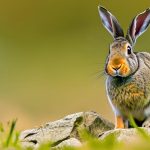
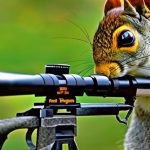
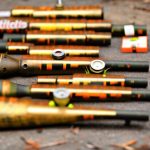
Leave a Reply